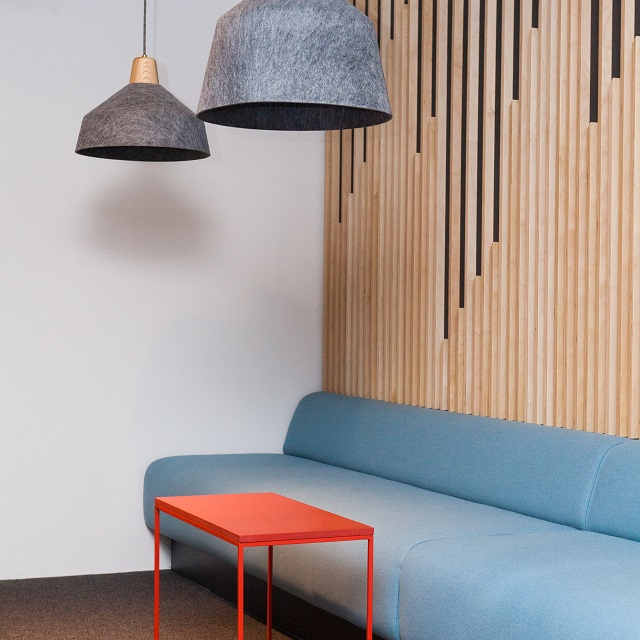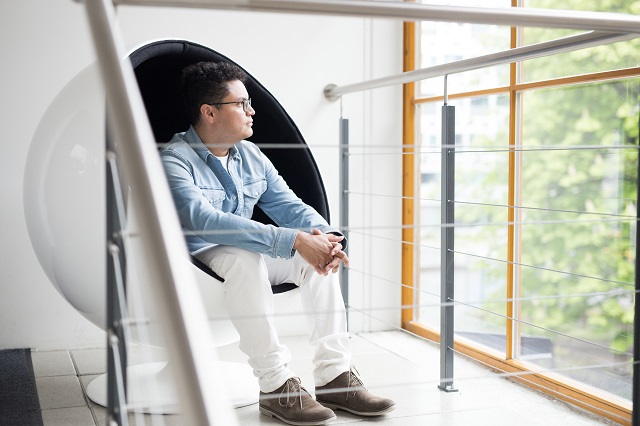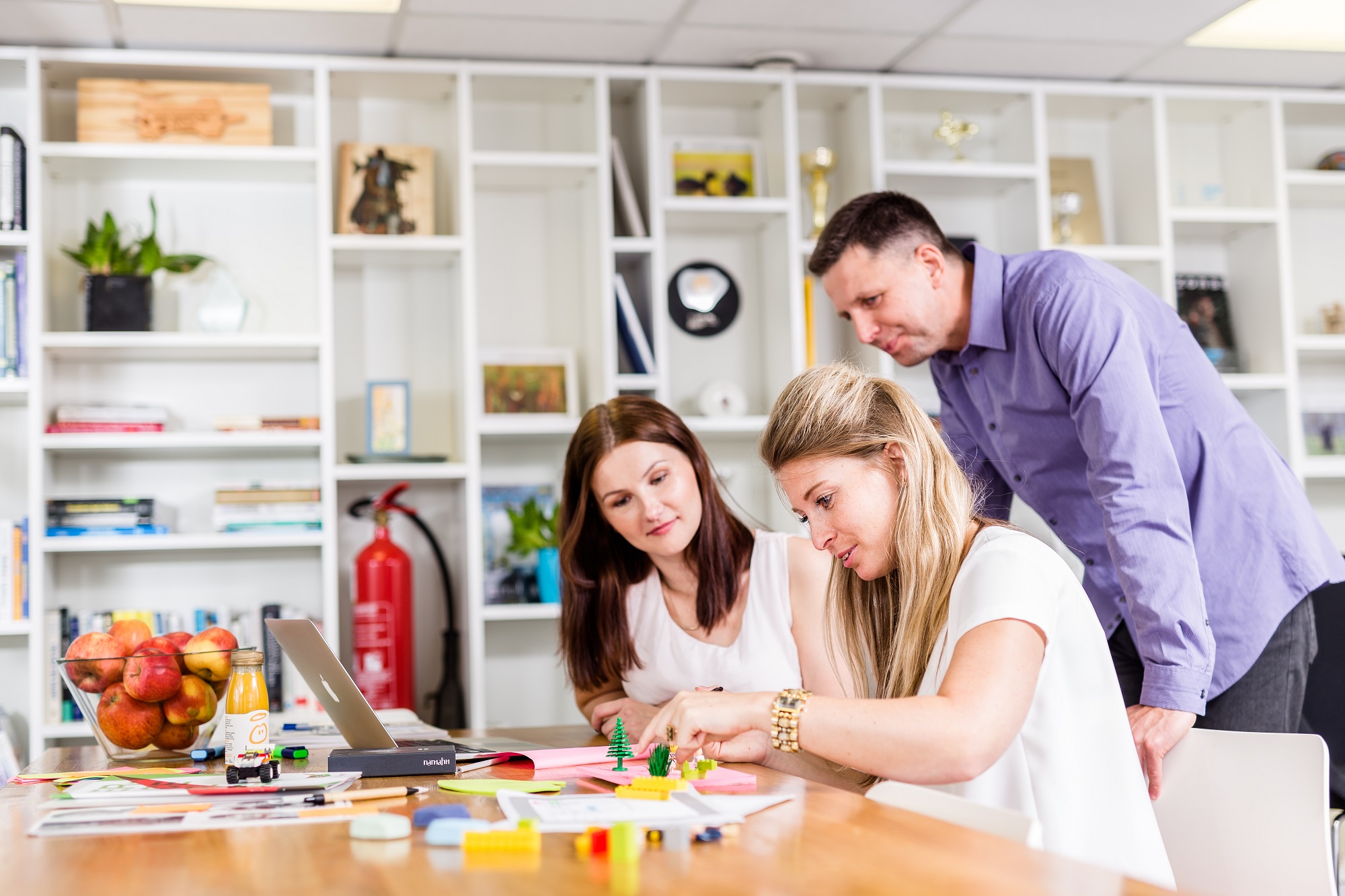A lot has been said about the importance of the physical working environment and one can’t really argue about it. But even so every now and then an office worker explains that his or her most productive time is early in the morning when no one else is around or that “you cannot get anything done in the office between 9 to 5”. It is pure rubbish to say that it is impossible to work effectively during regular working hours.
One of my tasks as team leader for software development is to make sure our people have an excellent working environment so that they can just focus on their work and enter into a state of “flow”. How can well-organized office space contribute to this?
Luckily one does not have to reinvent the wheel since the world wide web has a lot of information on “workspace ergonomics”. An excellent source is “Peopleware”, the bestselling book by Timothy Lister and Tom DeMarco, first published back in 1987. The ideas described in this book have been put to use in shaping the physical working environment and team model in Helmes.
What should be kept in mind when planning and furnishing the working environment?
Studies
But first, let’s take a look at some statistics. Studies show that:
- A one-time interruption of the work process (by a colleague, phone ringing, printer printing etc) reduces the “smartness” of subsequent work by about 10 IQ points;
- It takes 15-20 minutes to recover from the interruption;
- It takes 7-8 interruptions to reduce an excellent employee to the level of just average for the whole day.
The authors of the above book also came to an interesting conclusion after having studied the effectiveness/productivity of hundreds of software developers for decades. To do so they used standard programming tasks and tests. They found that the productivity of software engineers working in one and the same company was pretty much the same. However, the difference in the productivity of software developers working in different companies was huge. It is noteworthy that the developers of companies that produced the best results did not have more experience and were not paid higher wages than the other companies.
What set the best apart was more privacy, larger personal workspace and the time they could work without interruptions at one go.
62% of the best performing software developers said that they had enough privacy in the workplace, whereas only 19% of the developers with the worst results were satisfied with workplace privacy. The number of square meters per employee had a similar effect – those with more personal workspace were performing better than their colleagues who had to operate in cramped conditions.
This study alone does not prove that a better working environment is contributing to better performance. But it could point to the fact that better-performing employees tend to end up in companies offering better physical working conditions to their people.

Solutions
One should avoid extremes when planning the working environment. Both open-plan offices for many employees and individual rooms for just one have their disadvantages. Too much openness, high noise levels, lack of privacy are the minuses in the former option, whereas lack of space and isolation are problems for the latter. By way of compromise people working to achieve a common goal could be brought together in one room – a project team, task force or a section consisting of 2-8 persons.
And,
- Persons who have to work together in one office should have the freedom to decide how to furnish the place. Everyone has his or her preferences about the workspace and about the most convenient working environment.
- Given the freedom of the group to arrange the various objects in the room, the furniture should be modular and easy to move. The items should also be functional so that they can be used for many different purposes.
- Every team needs a public area in the room and every team member needs a private space as well. The public area could be centered around a whiteboard or a screen for the group to gather around for discussions or meetings. This area should also have sofa sets, a games corner. The private space is made up of the desk and its immediate surroundings.
The task of the organization is limited to arranging for the rooms of suitable size and furniture, helping in the planning process, finding compromises. The rest is up to the team members. However, in most cases this is where the problems start – often there is a lack of space and the management is not happy about the cost of getting extra rooms or moving to bigger offices. However, more often than not the other side of the coin is left unnoticed – yes, we save some money on the premises, but how much do we lose because of lower productivity? Incidentally, the rental cost per person is just a fraction of the total personnel cost (payroll, fringe benefits etc).

Let people decide how they can be most effective!
In Helmes we have one team per office area, the team members talk to one another all the time and they work for one or two customers. If at all possible, the employees have the right and possibility to organize their office in general and their individual workspace in particular just as they think is best. As a result, we have a wide variety of solutions for arranging and designing offices, which all meet the needs of the people and the teams.
